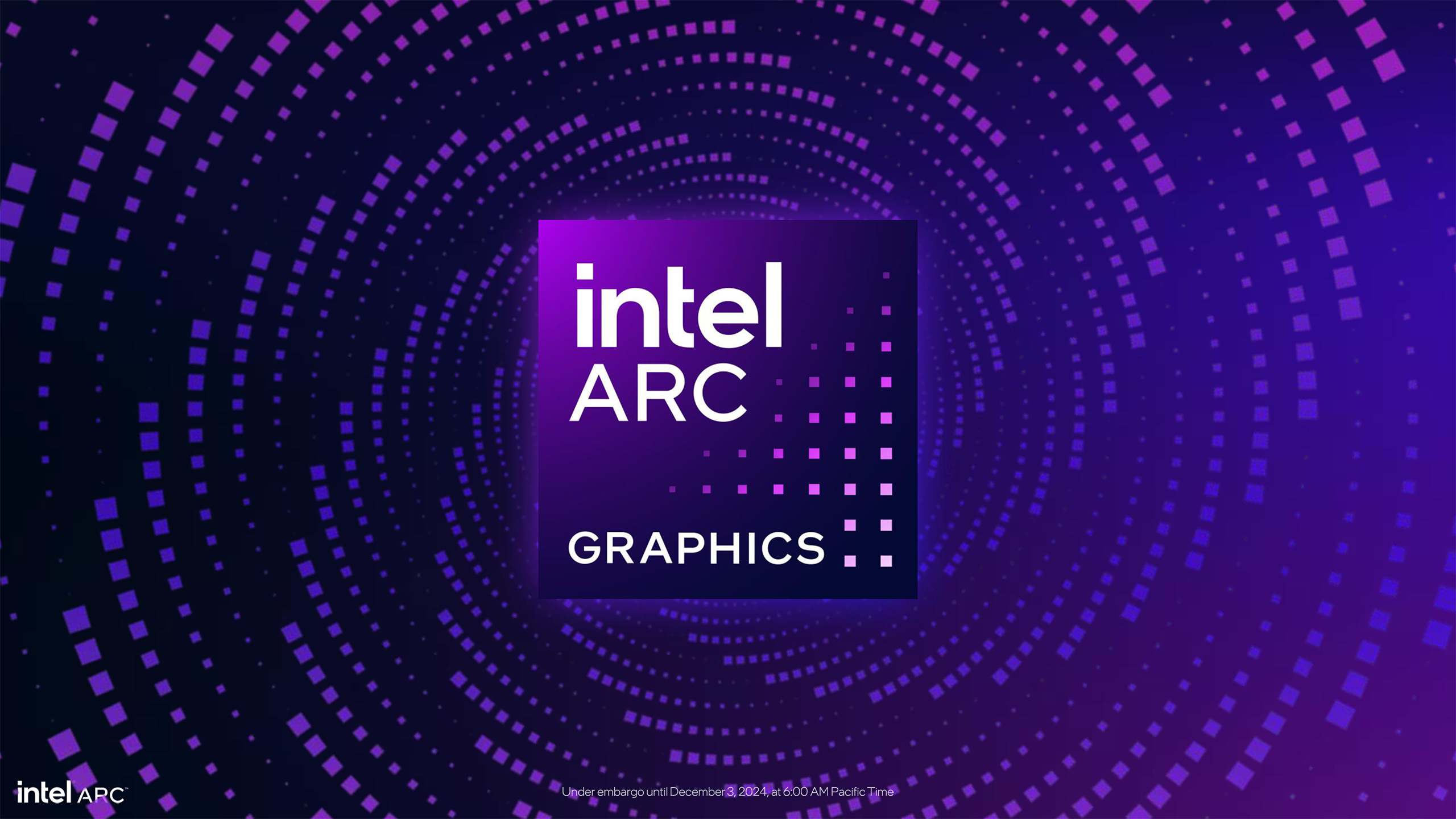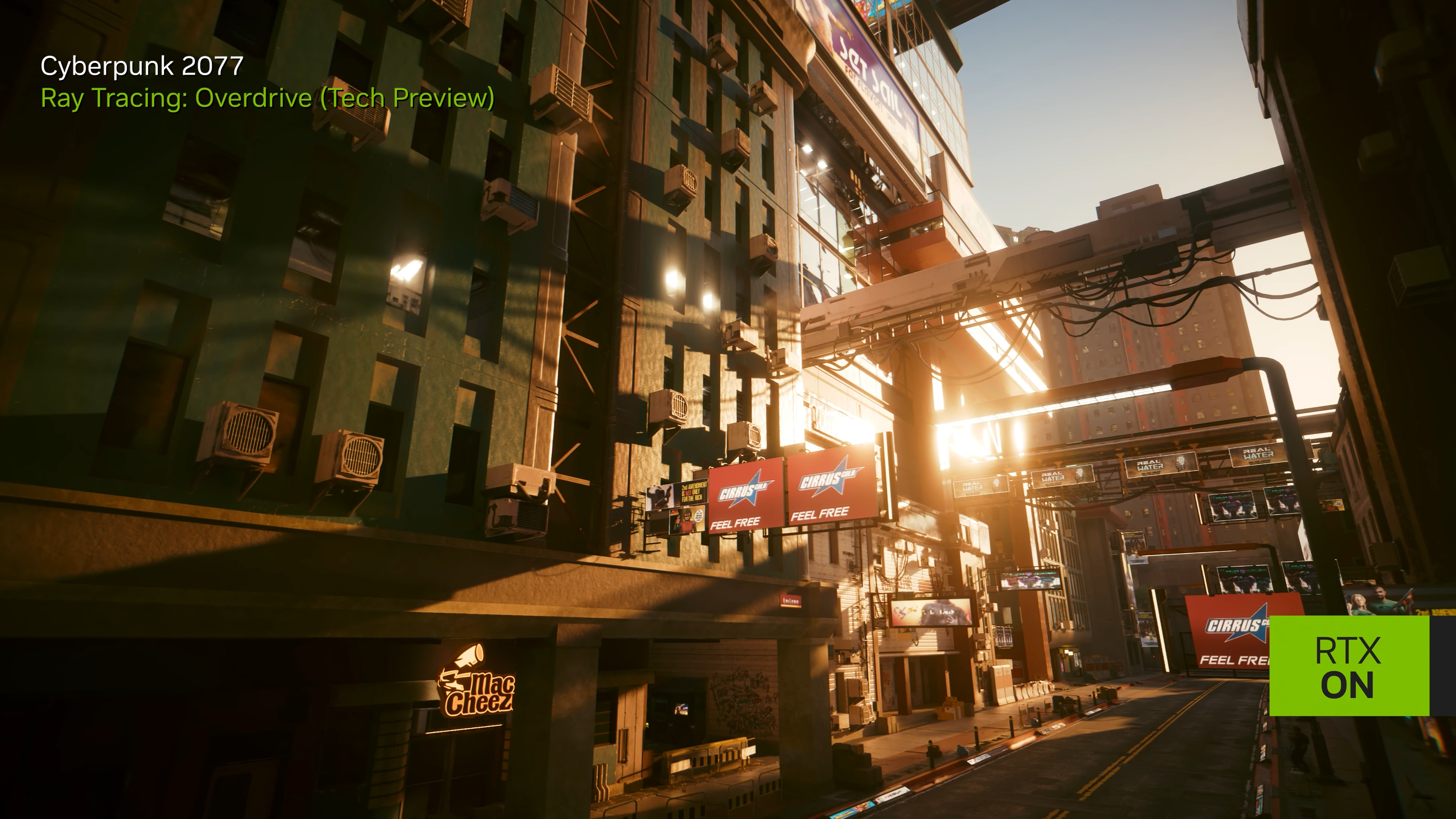Intel's new graphics driver lets you dedicate up to 87% of laptop memory capacity to the iGPU for VRAM — Core Ultra CPUs get "Shared GPU Memory Override" feature

Intel’s Arc graphics driver version 32.0.101.6987 introduces a first for the company’s integrated GPUs: manual control over system memory allocation for graphics workloads. "Intel Graphics Software now supports Shared GPU Memory Override control for Built-in Intel Arc GPUs in select Intel Core Ultra Processors (series 1 and 2) in Windows 10 and Windows 11 host systems," the release notes state.
Intel's integrated GPUs use system memory to store working data, rather than a separate GDDR memory pool for graphics and video applications like a discrete GPU does. The maximum amount of memory your computer can use is generally limited to one-half of the system memory, but Intel's new tool lets users override this.
By default, Shared GPU Memory Override is set to 57%. The maximum system RAM you can set to be used as VRAM will depend on how much total system RAM you have; the more overall RAM, the higher the percentage. Intel's example image shows the share could be as high as 87%, and possibly more if you have enough RAM to spare.
To take advantage, all users have to do is move the slider in Intel Graphics Software and reboot their system. According to Intel's Knowledge Base Page, users will need at least 10GB of system RAM and an Intel Core Ultra Processor Series 2 or later (contradicting the release notes, which also denote Series 1).
This kind of control has been more common on AMD platforms, where BIOS-level settings can change VRAM allocation (often capped around 8 GB).
The driver also delivers targeted optimizations. Intel cites up to a six percent performance uplift in the Battlefield 6 Open Beta, Mafia: The Old Country, and Doom: The Dark Ages at 1080p with path tracing enabled on Arc B-series GPUs. Stability improvements include resolving Naraka Bladepoint freezes when Intel XeSS is enabled on Battlemage hardware, alongside power management tuning for Arrow Lake-H laptops. Other changes, like a roughly five percent bump in floating-point throughput and marginally faster Windows 11 UI animations, further round out the update.
While the Shared GPU Memory Override gives enthusiasts more control, over-allocation comes with technical trade-offs. Integrated GPUs use system RAM as part of a unified memory architecture, so allocating excessive VRAM can starve the CPU of working memory, especially in multitasking or memory-bound workloads. In extreme cases, forcing a large static allocation can lead to higher paging activity, increased latency in CPU-bound tasks, and, in laptops, greater power draw from sustained DRAM activity.
Get Tom's Hardware's best news and in-depth reviews, straight to your inbox.
This means the setting is best tuned for specific, predictable workloads — like running a game or GPU-accelerated application with known VRAM demands — rather than left maxed out at all times. For instance, if you're experimenting with AI workloads that need lots of memory or want to enable ray tracing inside a demanding title, you could simply allocate more of the shared memory to the GPU for the time being, so that you get smoother performance.

Ray tracing is an unlikely workload for an integrated GPU, but users attempting to run the latest AI models locally will likely appreciate the option to flexibly provision their system memory for times when they need to make room for especially large or higher-precision versions of those models.
For those users, Intel's latest update could make its products more appealing compared to products like AMD's Ryzen AI Max+ 395 SoC, which can allocate up to 112GB of its maximum 128GB unified memory pool to the graphics processor. Since Arrow Lake laptops can be configured with up to 128GB of RAM themselves, the option to provision more memory to an Arc integrated GPU could come in handy when it's needed.
Follow Tom's Hardware on Google News to get our up-to-date news, analysis, and reviews in your feeds. Make sure to click the Follow button.

Hassam Nasir is a die-hard hardware enthusiast with years of experience as a tech editor and writer, focusing on detailed CPU comparisons and general hardware news. When he’s not working, you’ll find him bending tubes for his ever-evolving custom water-loop gaming rig or benchmarking the latest CPUs and GPUs just for fun.
-
John Nemesh And it also BREAKS Battlefield 6 from running...even AFTER the developer told them in advance of the release that it did.Reply
https://wccftech.com/battlefield-6-crashing-reports-emerge-with-configurations-using-intel-arc-alchemist-graphics-cards/
It's becoming more and more obvious that Intel lost it's mojo, and that the problems they are going through are not going to be resolved any time soon....cuts to staff aren't going to help, either. -
abufrejoval Alas, the ability to use RAM for both CPU and GPU workloads was part of AMD's original Heterogeneous Systems Architecture (HSA), well described in Anandtech articles on those earlier APUs now lost to the public.Reply
But there the current somewhat artifical divide between CPU and GPU RAM was meant to basically disappear completely, in its ultimate form allowing the granularity of a functional call for a control transfer between CPU and GPU code, blurring the distinction between ISAs and computing paradigms.
Today that might impose more limitations than provide benefits as GPUs and CPUs have grown ever further apart in terms of how transistor budgets are better spent on extra cache layers vs register files or extra function blocks.
And even then there just wasn't any easy way to support HSA in a high-level programming language or via a single compiler.
In any case that barrier was always just values in control registers and drivers supporting that. And in theory drivers and the OS should be able to manage that with a high degree of flexibility.
The main reason this felt fixed in the past is that software like they people who wrote it, often can't manage freedom without getting into conflict with others, trying to do the same. So vendors just didn't expose the flexibility designed into the hardware.
These days, where everyone thinks iGPUs working on much bigger chunks of system RAM for something AI is worth paying extra for the hardware you own already, exposing a golden gilded lever paid in real money, has vendors quickly push their marketing AI bots into overdrive. -
thestryker Reply
I know you're basically an anti-Intel troll at this point so my words will probably be wasted but... did you actually read either article?John Nemesh said:And it also BREAKS Battlefield 6 from running...even AFTER the developer told them in advance of the release that it did.
https://wccftech.com/battlefield-6-crashing-reports-emerge-with-configurations-using-intel-arc-alchemist-graphics-cards/
It's becoming more and more obvious that Intel lost it's mojo, and that the problems they are going through are not going to be resolved any time soon....cuts to staff aren't going to help, either.
During the BF6 beta there was a driver bug which Intel had to address for Alchemist based graphics. That has nothing to do with this feature being added. A beta driver fix was already published for the BF6 issues a week ago as well. -
PixelAkami Reply
Wrong. The launch driver did have some issues with Alchemist cards but they quickly tossed out a hot fix which quickly remedied that. VRAM allocation had nothing to do with the crashes.John Nemesh said:And it also BREAKS Battlefield 6 from running...even AFTER the developer told them in advance of the release that it did.
https://wccftech.com/battlefield-6-crashing-reports-emerge-with-configurations-using-intel-arc-alchemist-graphics-cards/
It's becoming more and more obvious that Intel lost it's mojo, and that the problems they are going through are not going to be resolved any time soon....cuts to staff aren't going to help, either. -
SirStephenH Who is this even for? Windows already allows iGPUs to use up to 50% of your system RAM by default without fussing with BIOS settings (The typical 512MB BIOS allocation, sometimes higher or lower, is for backwards compatibility and doesn't restrict the total amount of RAM available to the iGPU. It pre-allocates the RAM and tells games and apps that the iGPU has a minimum of that amount of RAM when they do VRAM checks. The OS normally controls the maximum available RAM for the iGPU.). If you're already RAM starved then you can't spare the extra system memory, if you have plenty of RAM then your iGPU probably already has more memory than it knows what to do with with. No amount of shared RAM is going to make running a large LLM on an iGPU worthwhile and games are held back by the iGPU and RAM speed, not the available shared RAM.Reply -
JayNor MSFT is delving into 1.58 bitnet LLMs. Signed Int2 weights could enable some pretty interesting models in 80GB.Reply